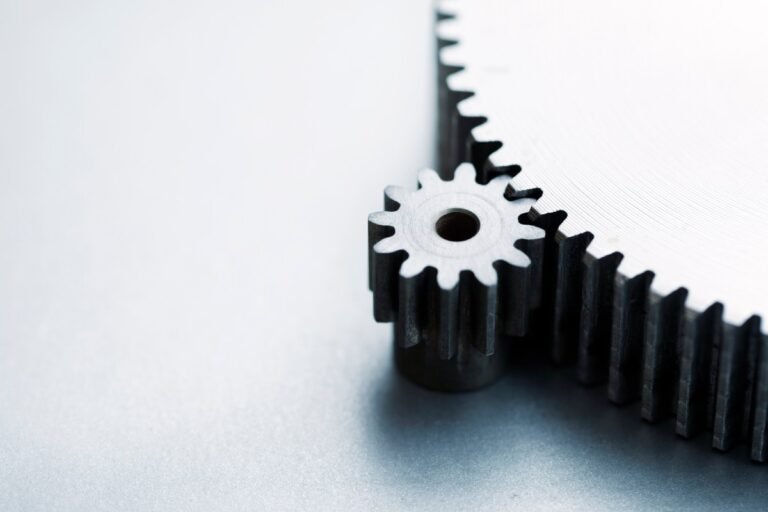Revolutionizing Metal Part Production: Magnus Metal’s Plan to Modernize 4,000-Year-Old Methods

Humans have cast metal parts in basically the same way for thousands of years: by pouring molten metal into a mold, often made of compacted sand and clay.
To make those parts, Magnus Metals borrows elements of sand casting and 3D printing to perform what it calls digital casting.
Magnus Metals plans to sell its machines to customers as well as the proprietary ceramic that’s used to produce the bases.
And unlike 3D printing, which usually requires specific feedstocks, Magnus Metals said its system can use customer specified materials.
The method doesn’t require expensive tooling to create the bases, unlike molds for sand casting, according to the Magnus Metals.




